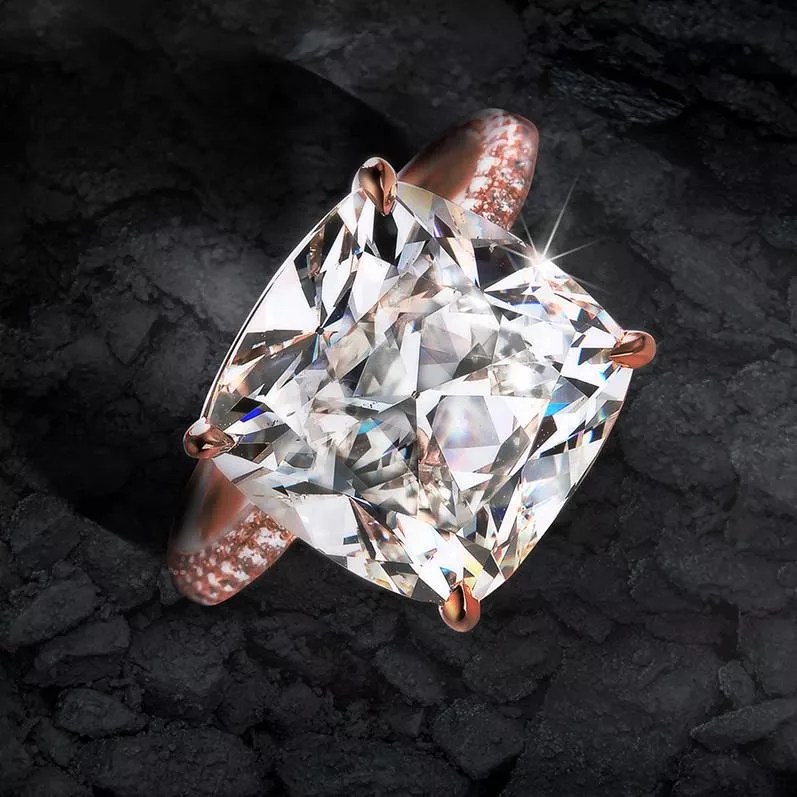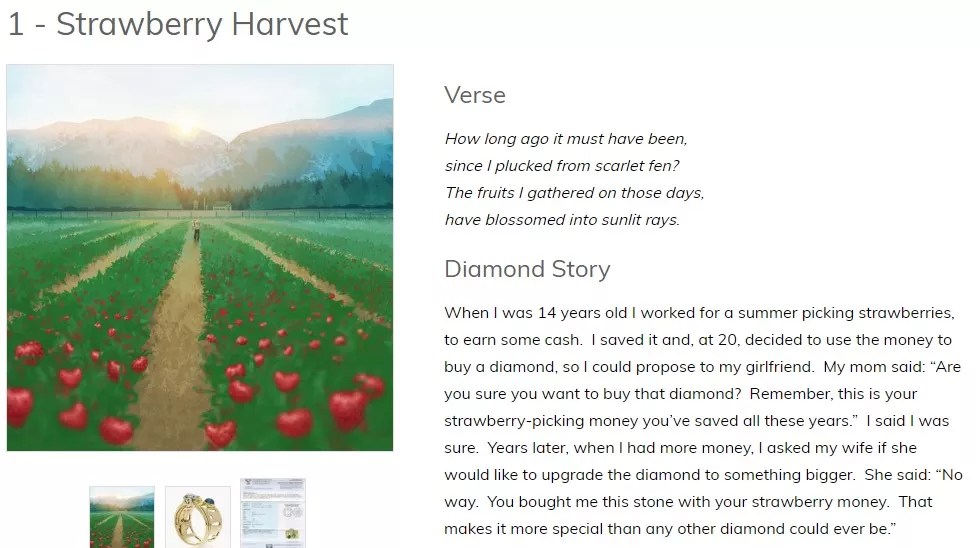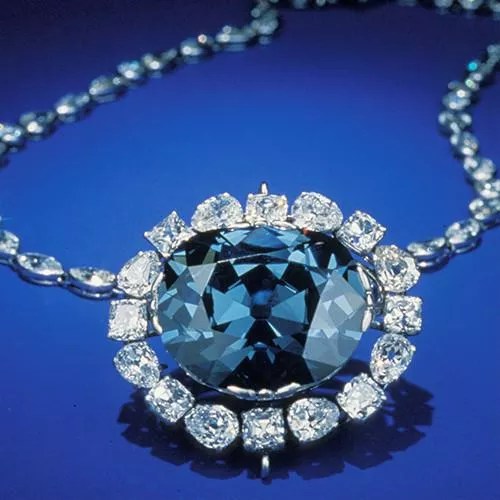
Museum of Diamonds

Audio By Carbonatix
“Every diamond has a story,” reads the come-on for the Museum of Diamonds, originally launched in Colorado in 2015 as the only World Federation of Diamond Bourses-approved diamond-naming registry. But the founders found that the busywork involved with registering stones doesn’t touch many people, while the stories behind giving and receiving diamonds do. So they’ve revamped the online museum.
“Our premise is that every romantic relationship that ends up as a marriage has an interesting, often funny anecdote,” explains Jacques Voorhees, co-founder of the museum as well as Polygon, a concept he created in 1983 at the dawn of the Internet era, which became the diamond industry’s first online business-to-business marketplace. When the museum didn’t take off as he initially envisioned it, his view changed after listening to his father talk about picking strawberries as a boyhood summer job and saving the pay without any particular goals…until he met a girl and fell in love. It occurred to Voorhees that nearly everyone with an engagement ring also has a story to tell.
“None of us kids had heard that story,” recalls Voorhees, whose folks are in their mid-nineties now. “We nearly lost that story.”
Those stories add to the value of precious stones. Voorhees’s mother’s diamond, by the way, is named Strawberry Harvest.

The opening of Strawberry Harvest’s story.
Museum of Diamonds
Stories have certainly added cachet to a few legendary diamonds, some with dramatic and terrible histories. The Hope Diamond, for instance: “I call it the Fear Diamond,” says Voorhees, laughing as he recounts the stone’s history, which is full of mobs, murders, mayhem and suicides. The museum write-up of the Hope Diamond ends with a quip that since the United States took possession of the cursed diamond, the country has been beleaguered by five wars and untenable debt.
The stories that the museum collects tend toward the warm and romantic, though. The site is a collection of meet-cute tales and funny anecdotes, Harlequin romance-type stories for a generation accustomed to brevity in social-media posts and the occasional Twitter thread. The museum will even help people put their stories together with what’s essentially a free, paint-by-numbers approach to the craft of storytelling, Voorhees admits, but it helps people who aren’t natural writers to share their story with family, friends and curious strangers.

The Hope Diamond.
Museum of Diamonds
“We’re looking into bringing in an editorial team,” he adds, people who could help mold the stories into addictively readable shorts.
In the meantime, people who’ve told their stories have been pleased with the results. Some compare it to marriage counseling, which doesn’t surprise Voorhees. “Some of the techniques in counseling take the same approach: remember falling in love, why you fell in love, why you proposed or said yes,” he explains. Other storytellers think of it like a vow renewal, or remember the first time they stayed up until sunrise talking. Sometimes couples tell their sides of their stories separately, showing how differently the same events can seem to the people experiencing them.
But however people choose to tell their story, Voorhees advises, “the value is in the storytelling itself; it enhances the bridal diamond.”
Voorhees is offering this opportunity not just to share others’ stories, but to give his own a happier ending. He says that some in the industry believe he did a great deal of damage to the diamond industry as a pioneer in online diamond sales. “I’m atoning for my sins,” he explains, adding that he shares some of the responsibility for the commodification of diamonds: As Internet sales increased, the personal touch decreased and diamonds were reduced to virtually just numbers for size and quality.
At an industry cocktail party, he recalls, a heavy-weight from the industry had a little too much to drink and started shouting, “This guy ruined the diamond industry!”
“Shops are selling pieces of paper, not diamonds,” Voorhees notes, explaining that buyers these days often don’t bother looking at the stones themselves, but instead at their certifications.”We want to bring back the romance.”
Have a story to tell? Contact the museumofdiamonds.org.